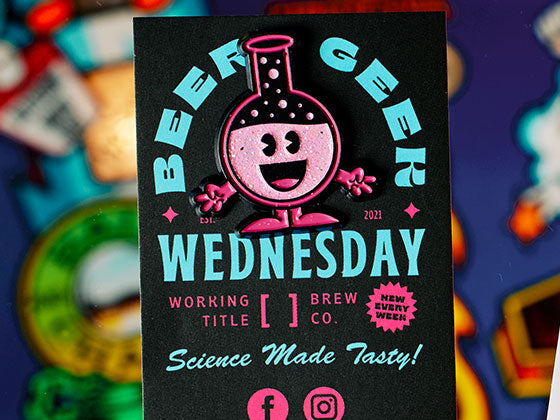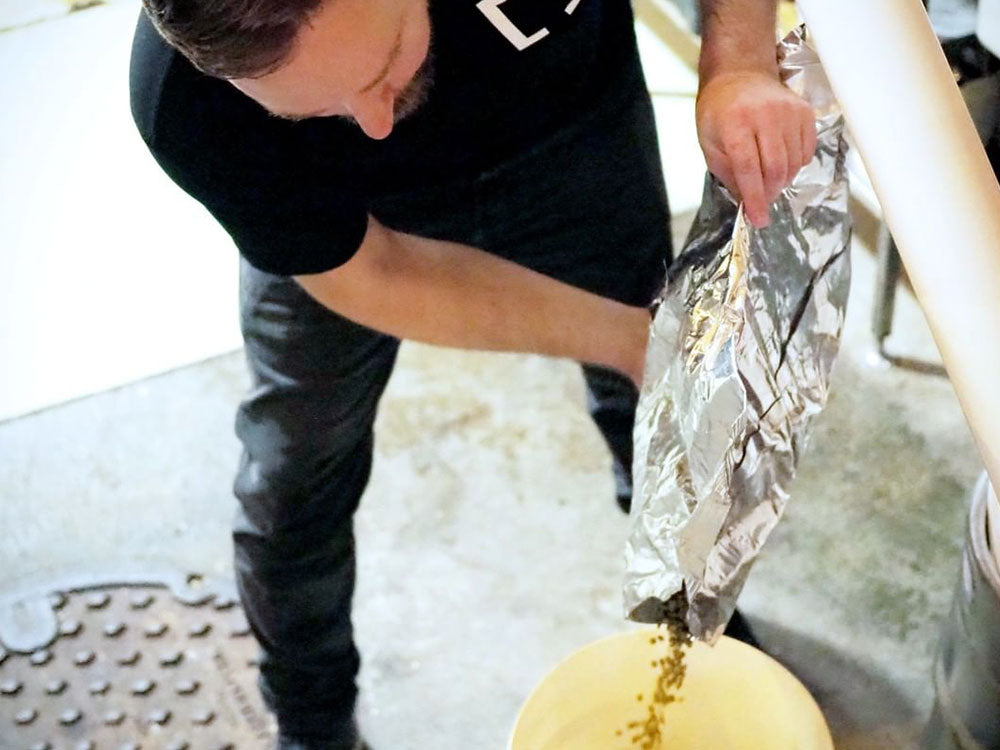Introducing the terpene of the week: Humulene.
Over the coming weeks, we’re delving into the major terpenes found in beer. These kiddos give all the beautiful hop flavours we seek so much. Humulene is the major sesquiterpene found in hops and can account for up to 50% of the total oils. It contributes a characteristic woody, earthy and spicy like flavour profile. It has been associated with Nobel hops and some English varieties.
Like it’s chemical sibling, caryophyllene, humulene is a sesquiterpene. It can break down into epoxide byproducts via oxidation. These products are much more stable than humulene and give certain varieties their characteristic flavour, like Hallertau.
Humulene has anti-inflammation properties and may be involved in the natural insect repellent capacity of some plants. It is found in hops, oranges, sage, ginseng, pine trees, tobacco and sunflowers.
Unsurprisingly, humulene is lower in citrus forward hops like Amarillo, Citra and Mosaic, while being higher in some more traditional hops like Hallertau and EKG. Interestingly, some newer varietals like Cashmere do have a significant fraction of Humulene, hinting at the foundations of their delicious complexity.
So after Pinene, Limonene, Caryophyllene, Linalool and now Humulene, we have a huge array of possible flavour combos. It’s just getting wonderfully curiouser and curiouser.


















